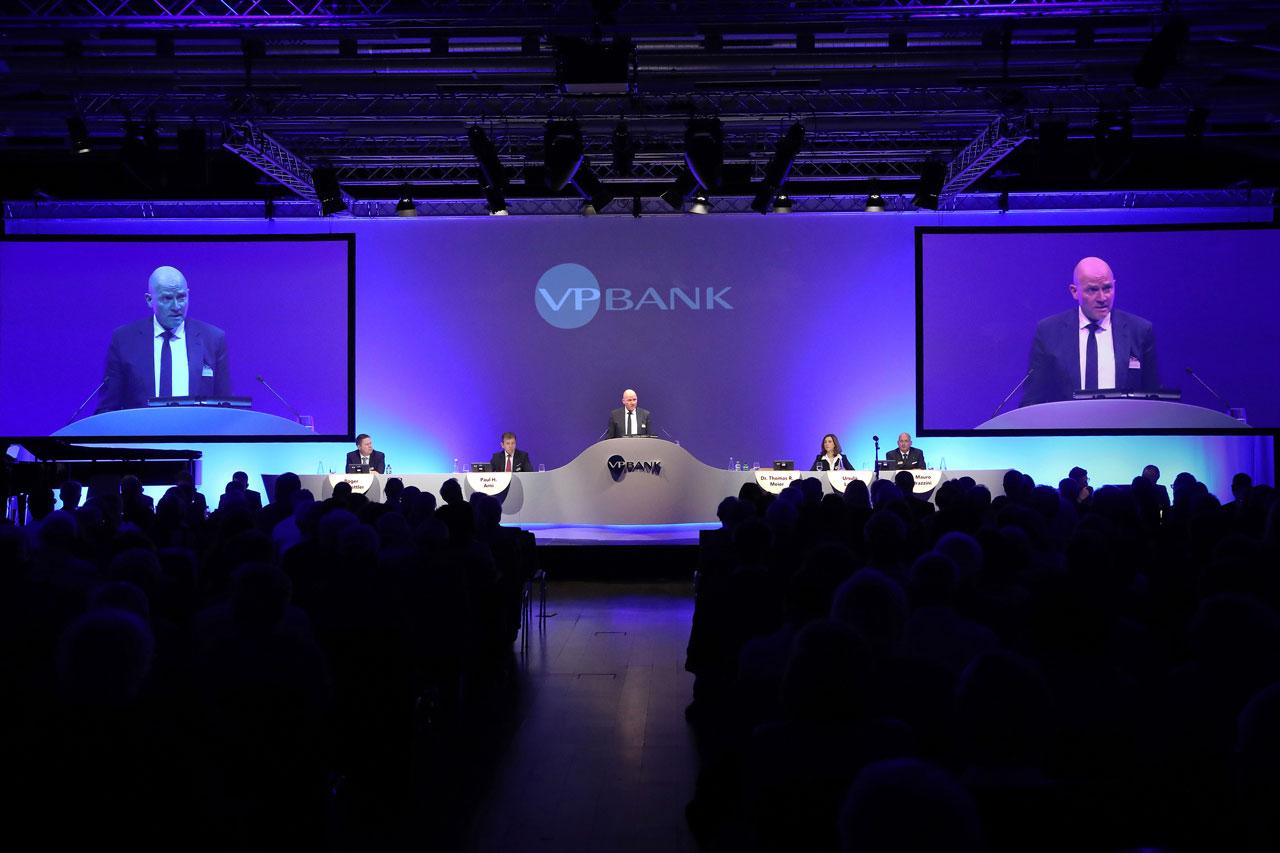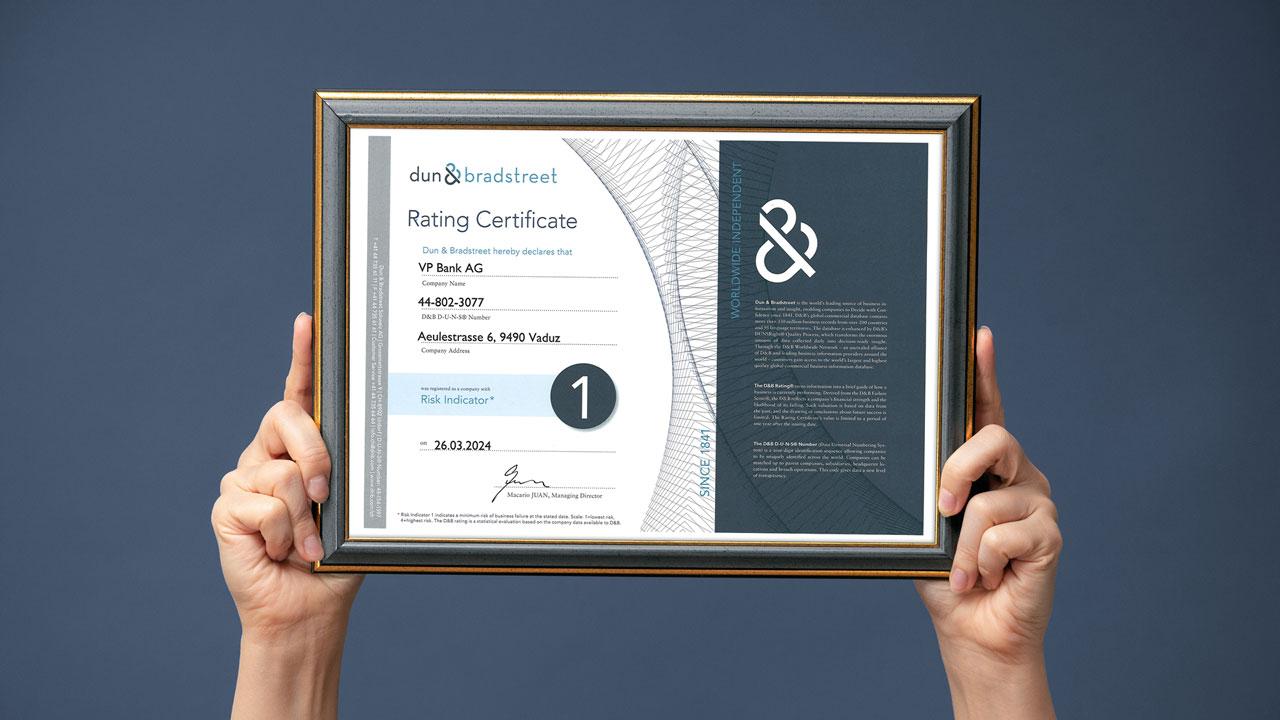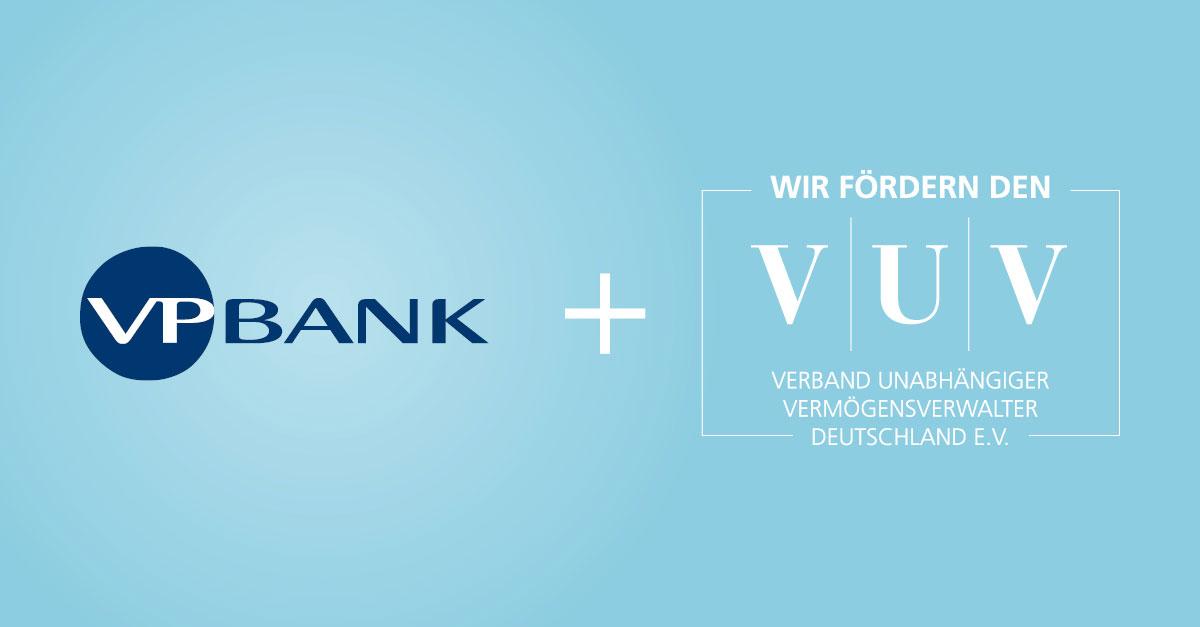Interview with Edward Mitterrand & Annett Höland
Ms Höland, Mr Mitterrand, can you briefly describe your career?
Annett Höland: I have been working as a curator since 2013 and have dedicated my professional career to various curatorial projects in changing constellations for exhibition spaces in Liechtenstein and the surrounding region. In 2017, I recorded and prepared the works of the late Liechtenstein artist Elisabeth Büchel. One year later, I redesigned the location of VP Bank Zurich on a project basis. Since 2019, I have been the curator of the VP Bank Art Foundation.
Edward Mitterrand: I founded a company in the UK in the late 90s, worked as an art dealer and organised sculpture exhibitions worldwide. In the '00s, I opened a gallery in Geneva and one in Zurich. With both galleries I participated in art fairs and exhibited both young and renowned artists. In 2015, I decided to focus on my consulting work. Today I advise financial intermediaries and their clients. I draw on traditional art consultancy, but also on new financial instruments such as tokenisation.
Mr Mitterrand, how do you go about researching and evaluating art for clients?
Edward Mitterrand: First, we create a profile of the client and define the budget, the number of works and the style. In the next step, we narrow down the selection to the most important artists. We always make sure that our clients receive an appropriate price, that the relevant documentation is available and that the condition of the artwork is impeccable. To value an existing work of art, we take into account technical and financial factors, as well as the work's future potential and current market sentiment. To value an existing work of art, we take into account technical and financial factors, as well as the work's future potential and current market sentiment.
Ms Höland, what is the collection concept of the VP Bank Art Foundation?
Annett Höland: Different positions of painting in the non-representational area from the post-war period to the present form the focus of today's collection activities. The collection began in the 1970s and received a sharpened collection concept as a result of the VP Bank Art Foundation, which was founded in 1996. Through acquisitions, contemporary artists from Switzerland and abroad are promoted and the collection is continually expanded.
The works are exhibited on the premises of VP Bank and invite intellectual and aesthetic engagement in the everyday business environment. As the works are presented in a non-museum setting, the extent to which the needs of the place of work can be reconciled with those of the exhibition venue must be constantly re-examined. The spatial framework conditions of the working environment have a decisive influence on the concrete design of the collection policy. This concerns not only the placement of the works, but also their mediation.
Does the VP Bank Art Foundation also purchase works as an investment?
Annett Höland: In accordance with the statutes, purchases are made solely for the purpose of promoting the arts and not as an investment. The VP Bank Art Foundation does not speculate on a profitable sale and only sells works of art in very rare cases.
VP Bank has always supported culture and art. This is done through sponsoring as well as through the VP Bank Foundation, which was established on the occasion of the Bank's 50th anniversary. The VP Bank Art Foundation has pursued the goal of supporting artists through the purchase and mediation of art since its inception. In this way, as many people as possible - clients and employees alike - will be able to enjoy art as an inspiring overall experience.
Mr Mitterrand, where do you see the role of the metaverse, where real goods can be digitised and bought, presented and sold in the future?
Edward Mitterrand: So far, only a few digital artworks have been created in the context of NFT distribution by young or established artists. Nevertheless, the future of art is digital. The metaverse will be a massive repository for the digitisation of the art world. Artists, curators and collectors will present digital or digitised art in web3 environments that will become more and more compelling thanks to technological advances. Quite apart from the fact that provenance and ownership will no longer be an issue, tokens will issue certificates based on smart contracts created at the time of each artwork's creation or registered at some other specific time.
Speaking of tokenisation: Ms Höland, are there plans to tokenise individual works in the future?
Annett Höland: At the moment, the VP Bank Art Foundation is working out a project together with the Digital Assets team on the topic of tokenisation. This project should enable us not only to make works physically tangible, but also to communicate them digitally.
Note: The views and opinions expressed in the expert interview may differ from those of VP Bank.


